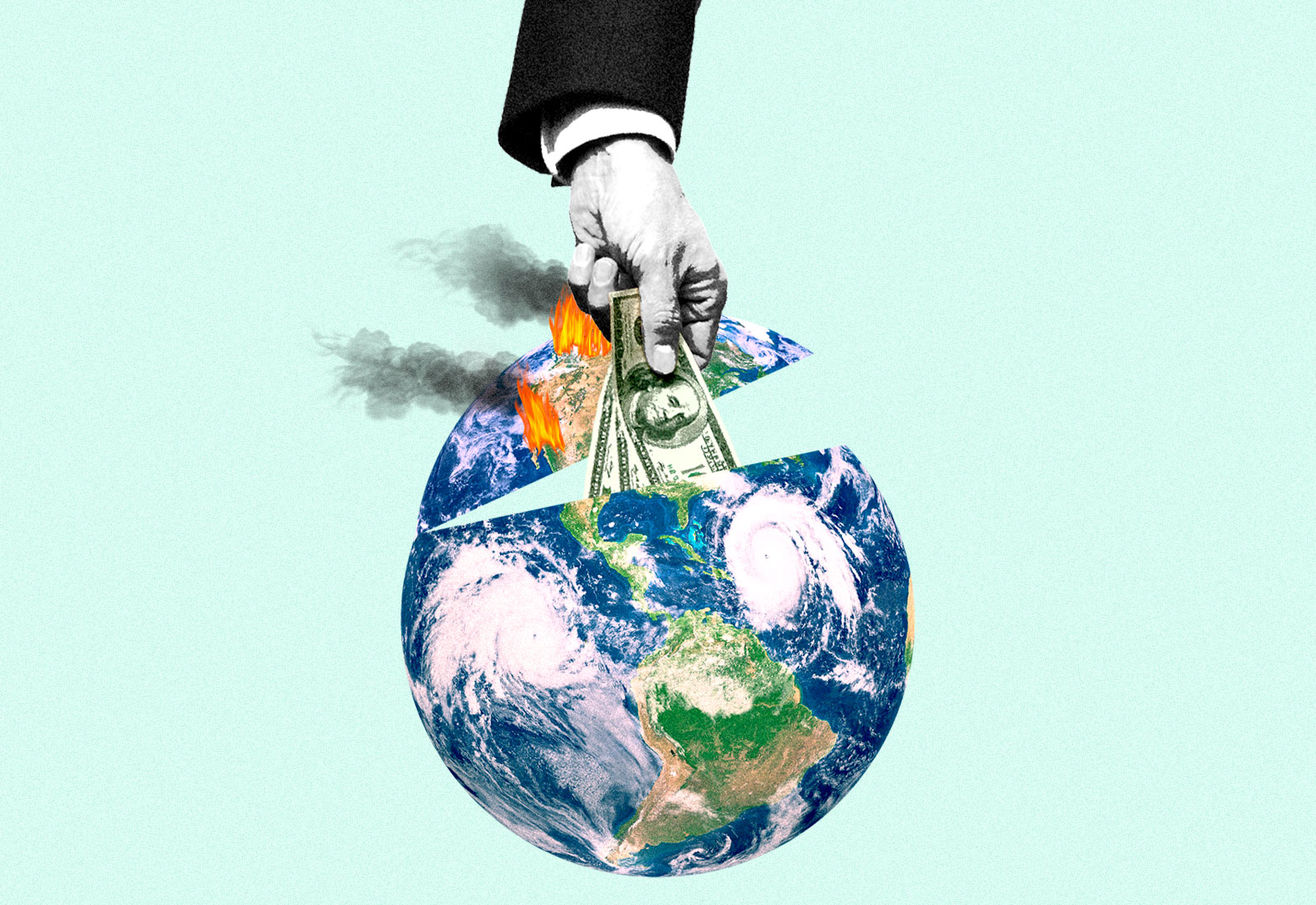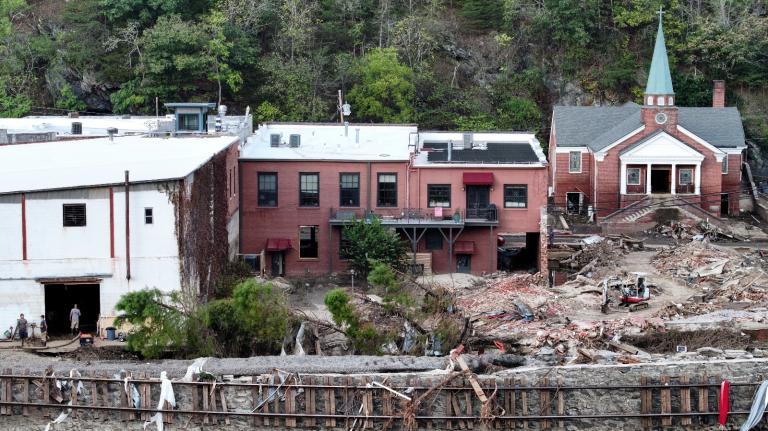Tuesday marked the official start of the 2021 Atlantic hurricane season — one the National Oceanic and Atmospheric Administration says will be busier than average. But while states brace for the months ahead, many communities are still recovering from the most active hurricane season ever recorded last year. Residents in parts of Louisiana are living in camper vans and filing insurance claims for damage caused by the five storms that made landfall in the state in 2020. Lake Charles, a city on Louisiana’s coast, was struggling to recover from the back-to-back-to-back storms when it was hit by floods again last month. This cycle is familiar. Communities across the U.S. are frequently caught off guard when a disaster hits. And as climate change spurs more intense storms, people have less time between events to recover.
Federal, state, and local governments could break this cycle by investing in both pre-disaster planning — a community-wide process that results in a comprehensive and, ideally, holistic plan for helping counties bounce back after floods, hurricanes, or even pandemics — and climate resilience. But the U.S. has historically spent way more energy and dollars on recovering from disasters than on planning for them. Last year, the federal government spent around $500 million on a program that provides states with resources to prepare for disasters. The 22 disasters that affected Americans in 2020 cost nearly $100 billion. Not enough is being spent on the front end to mitigate damage on the back end.
“What the federal government funds related to emergency management is really recovery,” Samantha Montano, an assistant professor of emergency management at Massachusetts Maritime Academy, told Grist. “What the federal government has persistently not done is fund mitigation and preparedness to a meaningful degree, to actually affect some kind of tangible change in local communities.”
That could be starting to change. Last week, President Joe Biden announced $1 billion in funding for pre-disaster mitigation resources for communities, states, and Tribal governments ahead of this year’s hurricane season — double the $500 million spent in 2020, and quadruple what was spent prior to last year. “It is our responsibility to better prepare and support communities, families, and businesses before disaster — not just after,” the Biden administration said. The new funding will be distributed through the Federal Emergency Management Administration’s Building Resilient Infrastructure and Communities program, or BRIC, which provides support and resources for communities preparing for disasters. BRIC helps states develop pre-disaster plans — like when to evacuate people and where — but states also use the money to buy generators, weatherize buildings, build safe rooms and shelters, relocate people, manage wildfires and floods, and more.
A few days later, Biden unveiled his budget for fiscal year 2022. The president’s budget is not set in stone — it’s a blueprint that Congress could follow as it hashes out its own budget. But it does provide insight into how the White House is prioritizing various issues in government. Biden’s blueprint would spend $36 billion on fighting climate change, an increase of $14 billion from last year’s budget. Out of that money, $815 million would go toward incorporating climate impacts into pre-disaster planning across the federal government, an increase of $540 million from last year. Some $1.2 billion would go toward climate resilience — strengthening infrastructure, communities, and ecosystems against wildfires, drought, and flooding. This funding is seperate from the $1 billion Biden is directing to BRIC.
Experts say that the Biden administration’s efforts to shore up pre-disaster planning and climate resilience is a positive sign. “It’s probably the largest amount of money that has gone toward this planning,” Susan Cutter, director of the Hazards and Vulnerability Research Institute at the University of South Carolina, told Grist. “And they’re not just planning for the next disaster, they’re building the capacity within communities to improve their resilience.”
But a few billion won’t be enough to fully prepare the U.S. for what’s coming down the pike. “The reality is that adaptation and getting communities toward being better prepared costs a lot of money,” Shana Udvardy, a climate resilience analyst at the Union of Concerned Scientists, told Grist. “We’ve got a lot of making up to do.”
Last year, FEMA’s BRIC program received $3.6 billion in applications from states seeking aid for disaster management. If a similar story plays out this year, Montano noted, the $1 billion Biden has promised states via FEMA won’t be sufficient. “It’s still not enough,” she said.
The new funding does illuminate a path forward, however. Cutter, from the University of South Carolina, says that a comprehensive solution to the preparedness gap “starts with the premise that all disasters are local.” That means that a one-size-fits-all approach to disaster preparedness won’t work. A farming community in Iowa preparing for historic flooding has different needs from a town in California preparing for wildfire season. Larger, urban areas have different needs from smaller, rural zones. The key is to get resources down to the local level that can help communities develop disaster preparedness plans with their place-specific needs in mind. “It’s not an easy solution, but the fact that the Biden administration recognizes this is a good sign,” Cutter said. “Something is better than nothing.”



